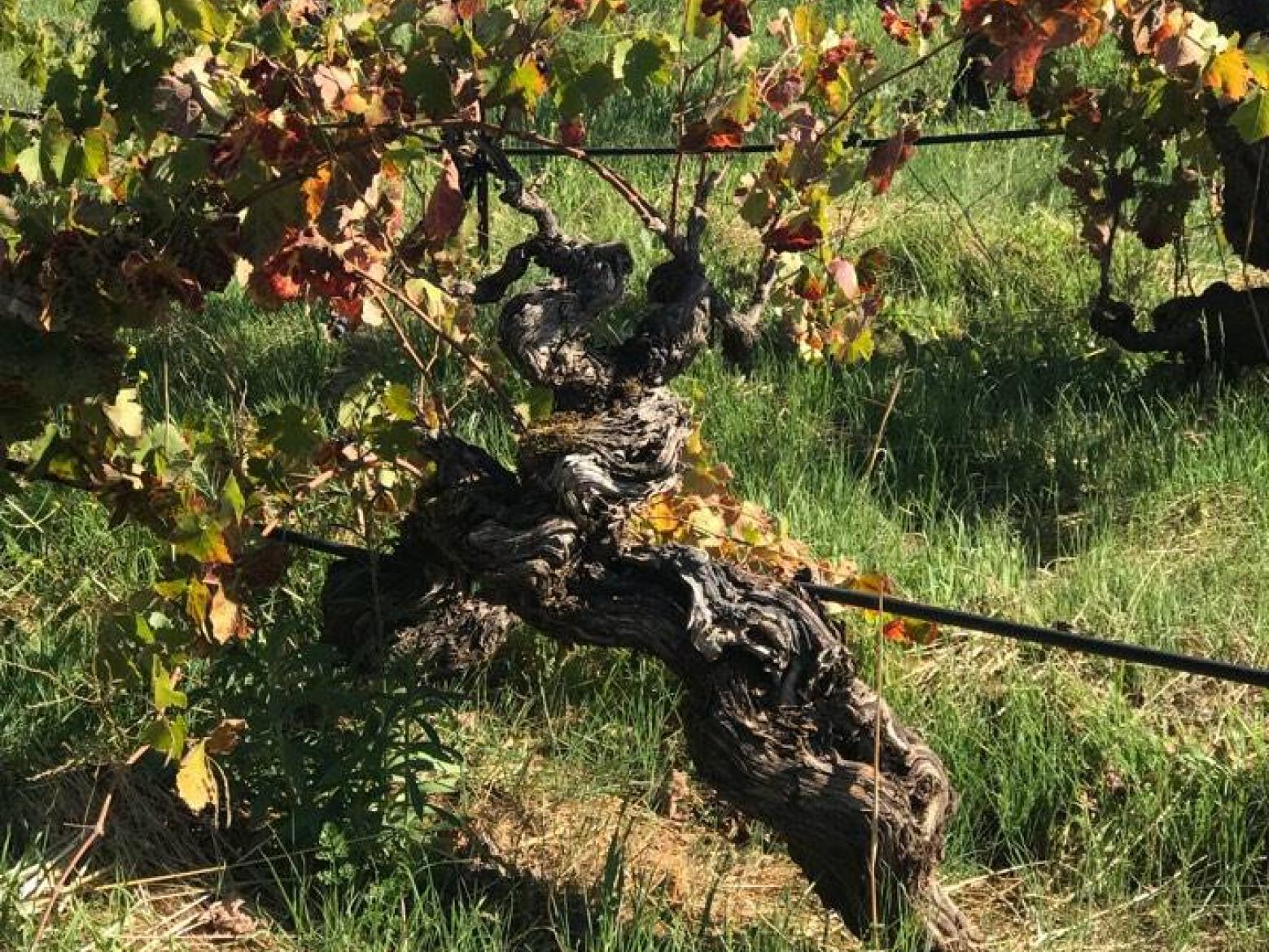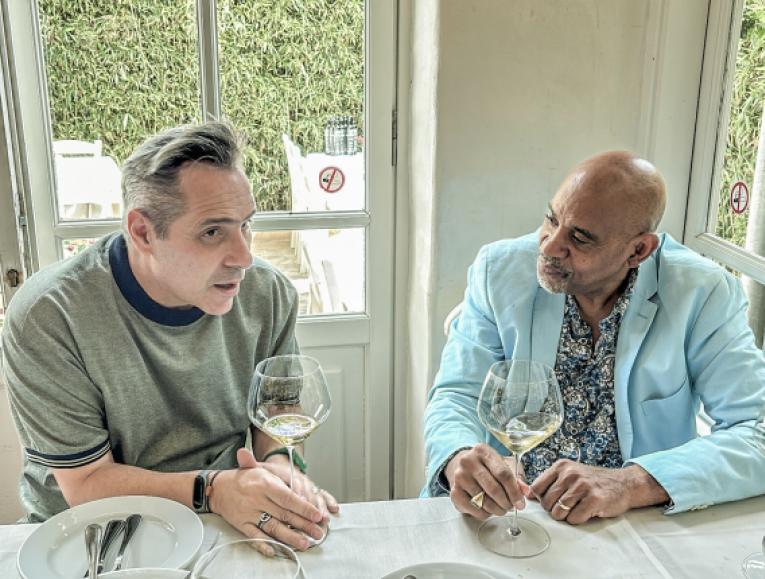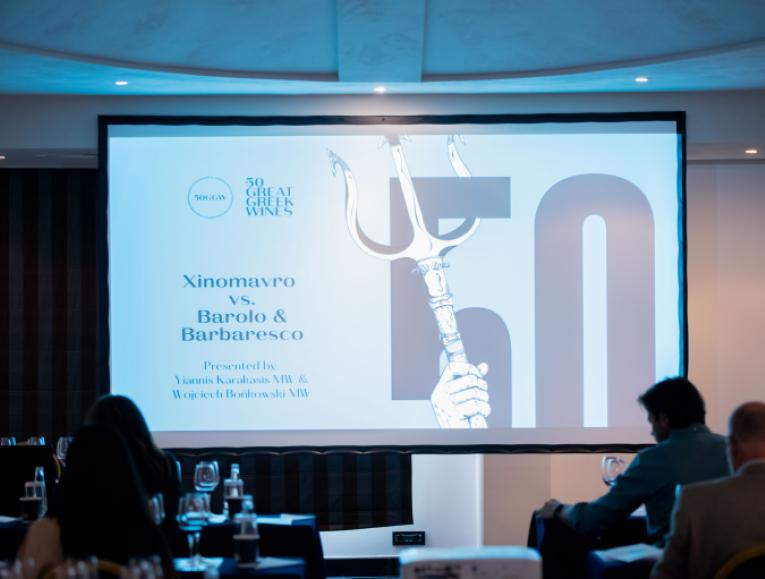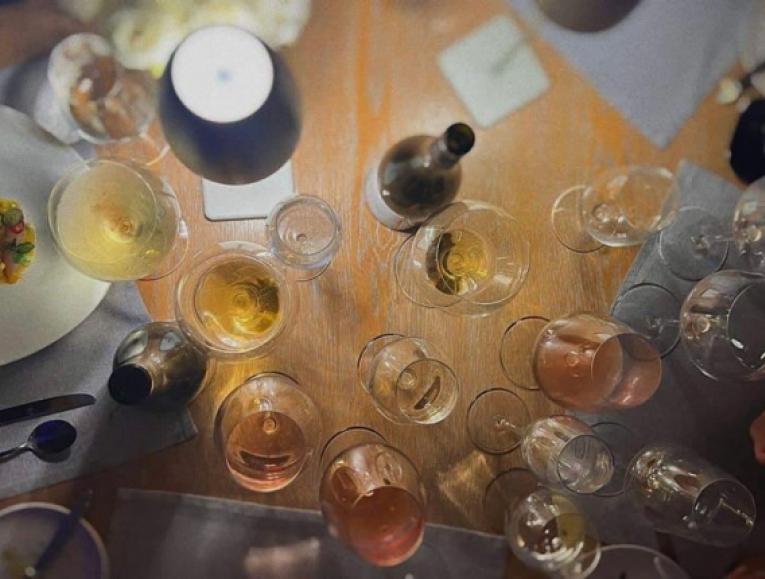Evaluating the Impact of Old Vines
Within the wine industry, there is widespread belief that old vines produce better wines, and thus many producers are demanding a higher price for their Vieilles Vignes wines. Interestingly, many legendary wines, such as Chateau Montelena's 1973 Chardonnay, were produced not from old but from young vines. The common, yet anecdotal, justification is that old vines produce lower yields and smaller berries, thus more concentrated juice. Additionally, the roots of the plant extend deeper into the soil, which gives them access to more nutrients and minerals, and promotes the valuable mycorrhizae impact—that is, the way fungi interact with the roots of the vine and the role they play in the soil. So, what initially seems a rather straightforward assumption is actually a very complex topic: firstly, there is no official definition of “old vines,” and secondly, the assessment of quality is quite subjective. If one also includes the lack of scientific evidence to support this theory, and the fact that no mechanism of action is known, it becomes even more complicated.
Defining Old Vines
Even in France, where legislation frames everything related to wine, “old vines” is used vaguely most of the time, with an anecdotal consensus that the vines should have a minimum age of 30 to 40 years. One of the very few regions in the world with an official status for old vines is the Barossa Valley, which is extensively planted with pre-phylloxera vines, some of which exceed a century of life. The four official categories, adopted in 2009 to preserve, retain, and promote old vines, are Old, Survivor, Centenarian, and Ancestor. The first category starts at 35 years of age, and the Ancestor category begins at 125 years of age. Yalumba Tri-Centenary Vineyard Grenache, Cirillo Estate 1850 Grenache, Henschke Hill of Grace Shiraz, and Hewitson Old Garden Mourvèdre are classic examples of the Ancestor category.
Defining Wine Quality
The definition of wine quality can be varied, and it holds a different meaning to different people. The Oxford dictionary defines quality in the following terms: “the standard of something as measured against other things of a similar kind; the degree of excellence of something.” It would be reasonable to assume that grapes that satisfy optimal values for pH, TA, total soluble solids, and phenolic and anthocyanin concentrations are likely to produce a higher quality wine than grapes that do not. While there are many ways to describe quality, without excluding the personal factor, one could identify eight key elements assessed to illustrate the final perception of wine on the palate: balance, length, intensity, complexity, character, concentration, ageability, and typicity.
Old Vine Impact
Understanding the mechanism is another challenge. In Andrew Jefford’s article “Tracking Terroir,” Drew Noon, MW and winemaker in McLaren Vale, comments, “All aspects of climate play a big, probably a predominant, role in determining the character of a wine. By this I mean the weight, acid balance and mouth feel of a wine. But the nuances of flavour (what you could call the personality of the wine) that give rise to the differences between sites, I suspect, are the results of the complex interactions between the vine and the microbes in the soil and on the above-ground parts of the vine.” Based on this statement, it could be reasonably assumed that these microbial populations increase over the years, and this could be one reason for which old, less vigorous vines yield higher quality wine than young, more vigorous vines are able to produce.
Producer and vigneron Kostis Dalamaras from the Naoussa region works with old vines at his family’s estate, Ktima Dalamara. He explains, “I can talk based on my experience and assessment of the results of what we harvest and vinify in the Paliokalias Vineyard. The qualitative difference in the old-vine Xinomavro parcels is obvious: concentration and elegance [are] beautifully balanced. We can only presume the reasons for that. My idea is that it is partly attributed to factors such as the deep root system, vine balance, and controlled vigor because of vine age.” Domaine Dalamara farms organically with selected biodynamic methods and works with a rare pre-phylloxera parcel inside the Paliokalias Vineyard. Dalamaras continues, “For the special pre-phylloxera section, I believe it also has to do with better adaptation of the rooting system to the specific type of soil, which it penetrates and digs into deeper. It is definitely not a single factor which is involved. This section has not been fertilized for decades, and it has ideal aspect and slope. Everything makes the difference.’’
Dalamaras agrees with the explanation of lower yields and higher quality, which is often mentioned by viticultural experts. In particular, according to Stephen Skelton MW, it is thought that young vines, around 2 to 3 years of age, and older vines, above 20 years of age, are the most balanced; they present lower vigor, which leads to better ripening conditions. Such conditions include reduced competition with shoot tips for assimilates, reduced shade in the cluster zone, and reduced berry size and yields. Vines reach their maximum growth potential, in both their shoots and their grapes, between 8 and 25 years after planting; during those years, they need more stringent management practices to maintain the desired balance between leaves and fruit.
However, a book by Mark A. Matthews debunks the common hypothesis, concluding that the theory of low yields and small berries (associated with age of vines) for high wine quality is a myth. On the contrary, by his experimental work, he concluded that when the goal of lower yields was attained by either pruning, cluster thinning, or vine water management, wines became increasingly “veggy” with pruning-controlled yield, whereas when they were made from yields that were water-deficit controlled, they became less “veggy.”
Quality, in relation to vine age, has seen limited research. In a multi-variety study in Switzerland, wines produced from older vines were preferred to those produced from vines 29 years younger. The Shiraz wines, in particular, were described as having a lighter, more intense red fruit profile compared to the younger vine wines. Likewise, in California, commercial Cabernet Sauvignon wines from older vines have been judged to have higher wine quality ratings according to a study from Heymann and Noble. Vine age was positively correlated with berry aromas, whereas young vine wines were correlated with more vegetal aromas. These studies suggest a link between vine age and measures of wine quality.
Professor Koundouras of the Aristotle University in Thessaloniki says that current scientific literature has rarely investigated vine age as a discrete variable, because it is impossible to set up such an experimental trial. Moreover, the widespread use of rootstocks and the intensive management of most modern vineyards has considerably reduced the percentage of vineyards of a significant age, i.e., over 100 years. Therefore, understanding the effect of vine age on wines will most likely rely on experience, rather than solid evidence.
A recent PhD thesis by Dylan Gregg has shed some light on the topic, as it investigates vine age in relation to yields, chemical composition of grapes and wines, sensory analysis, and genome, amongst Shiraz vines. Five Shiraz vineyards near each other, with genetically related “young” and “old” plantings, were selected, which had an average age difference of over 97 years. To date, this represents the greatest spread and widest range of age difference to be subjected to scientific scrutiny. The results were fascinating, and are summarized as follows:
Vine age was found to influence reproductive performance; older vines produced greater yields, contrary to popular belief! Results show that the effect of vine age is difficult to measure and separate from seasonal and site interactions. Vine age was strongly correlated with trunk circumference. Vines aged 49 years old showed more similarities with older vines (93 to 168 years old) than with younger vines (6 to 28 years old).
Other measures of vine performance, such as yields per pruning weight (as indication of balance), shoot number, count shoots, or shoot mass did not differ with age.
Despite similar maturity profiles, differences both in grape and wine samples were detected, which were associated with grapevine age. Grapes and wine from older vines showed consistent sensory characteristics across seasons, and were generally described as having a lighter fruit profile. Generally, wines produced from older vines had less color and tannin and lower phenolic concentration levels.
Using modern, next-generation sequencing and reduced representation libraries, analysis of the genome was undertaken. Interestingly, some epigenetic influences were attributed to vine age, suggesting that differences in quality traits of fruit and wine produced from plants of different ages might also be related to genetic factors.
Conclusions
Vine age is commonly linked to superior vine performance and is considered a prerequisite for fruit and wine quality. Nevertheless, it is important that the contribution of old vines to wine quality is not overstated, and that it is not presumed to be a singular requirement that will result in a superior wine. The perceived increase in quality attributed to grapevine age is subject to environmental influence and is more complex than previously thought.
Originally published on GuildSomm.com. Used with permission from the publisher.
References
Barossa Wine. “Old Vine Charter.” Accessed October 3, 2018. https://www.barossawine.com/vineyards/old-vine-charter.
Grigg, Dylan. “An investigation into the effect of grapevine age on vine performance, grape and wine composition, sensory evaluation and epigenetic characterization.” PhD thesis, University of Adelaide, 2017.
Heymann, H. and A. C. Noble. “Descriptive Analysis of Commercial Cabernet Sauvignon Wines from California.” American Journal of Enology and Viticulture 38 (January 1987): 41-44.
Jefford, Andrew. “Tracking Terroir.” Decanter, January 29, 2018. https://www.decanter.com/wine-news/opinion/jefford-on-monday/soil-terroi....
Oxford Dictionaries. “Quality.” Accessed October 3, 2018. https://en.oxforddictionaries.com/definition/quality.
Matthews, Mark A. Terroir and Other Myths of Winegrowing. Oakland: University of California Press, 2016.
Skelton, Stephen. Viticulture: An Introduction to Commercial Grape Growing for Wine Production. London: S. P. Skelton Ltd., 2007.
Zufferey, V. and D. Maigre. “Vineyard age. II. Impact on grape and wine quality.” Revue suisse de viticulture arboriculture horticulture 40, no. 4 (2008): 241-246.




